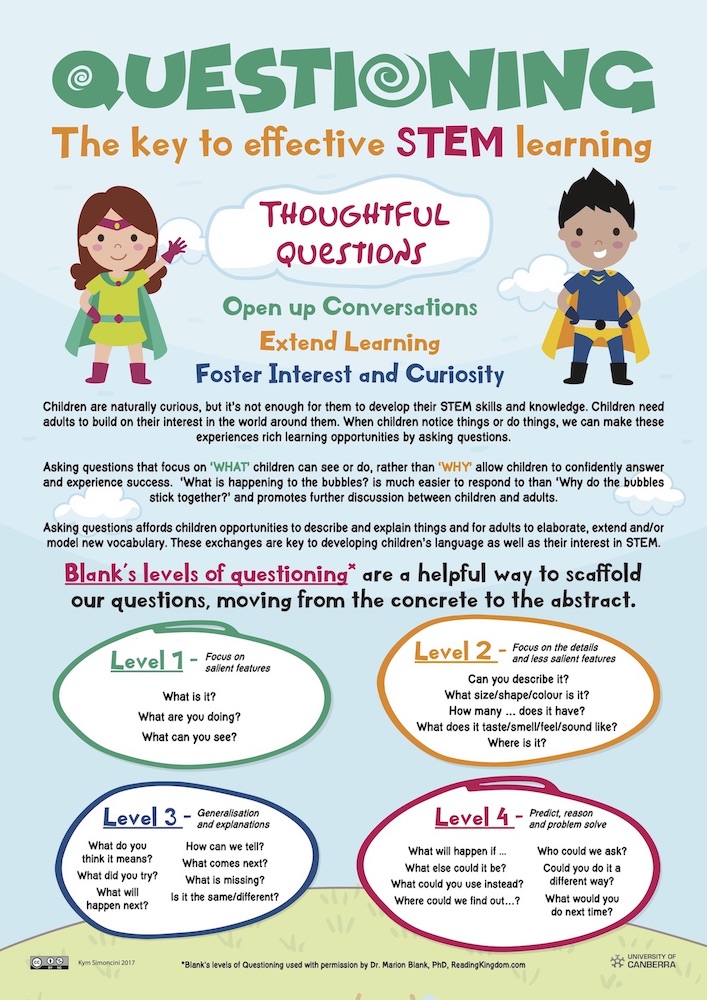Mastering Classroom Behavior Essential Tips for Teachers
Introduction:
Welcome to a comprehensive guide on mastering classroom behavior, featuring essential tips for teachers. Managing behavior in the classroom is a key aspect of creating a positive learning environment where students can thrive. In this article, we’ll explore some tried-and-tested strategies that teachers can implement to effectively manage classroom behavior.
Setting Clear Expectations:
The foundation of effective behavior management lies in setting clear expectations for students. From the first day of class, communicate the rules and guidelines clearly and ensure that students understand what is expected of them. Clear expectations create a sense of structure and help students know where the boundaries lie.
Establishing Consistent Routines:
Consistency is key when it comes to behavior management. Establishing consistent routines for the start of the day, transitions between activities, and the end of the day helps students know what to expect. Routines provide predictability and stability, which can help reduce anxiety and prevent disruptive behavior.
Using Positive Reinforcement:
Positive reinforcement is a powerful tool in behavior management. Acknowledging and praising students for their positive behaviors and efforts can go a long way in reinforcing those behaviors. This can be as simple as verbal praise, stickers, or a class reward system. Positive reinforcement helps create a positive classroom culture where students feel valued and motivated.
Implementing Consequences Consistently:
Equally important is the consistent implementation of consequences for negative behaviors. When students understand that there are consequences for their actions, they are more likely to think twice before engaging in disruptive behavior. Consistency in applying consequences ensures fairness and helps students learn from their mistakes.
Using Proximity and Body Language:
Sometimes, non-verbal cues can be effective in managing behavior. Using proximity, where a teacher moves closer to a student exhibiting disruptive behavior, can often redirect their attention back to the task at hand. Positive body language, such as smiling, making eye contact, and using gestures, can also contribute to a positive classroom atmosphere.
Building Positive Relationships:
Building positive relationships with students is key to effective behavior management. Take the time to get to know your students as individuals, their interests, and their strengths. Showing genuine care and interest in their well-being fosters trust and respect, making it easier to address behavior issues when they arise.
Providing Choices and Empowerment:
Students respond positively when they feel a sense of control and empowerment. Providing students with choices within the boundaries of the classroom rules can help them feel more invested in their learning. Whether it’s choosing a seat, a project topic, or a group partner, giving students a say can increase their motivation and engagement.
Addressing Behavior Privately:
When addressing behavior issues, it’s important to do so privately. Pulling a student aside or speaking with them after class allows for a more meaningful conversation about their behavior. This approach avoids embarrassing the student in front of their peers and allows for a respectful and constructive discussion.
Seeking Support When Needed:
Remember, you’re not alone in managing behavior challenges. If you find yourself struggling with a















